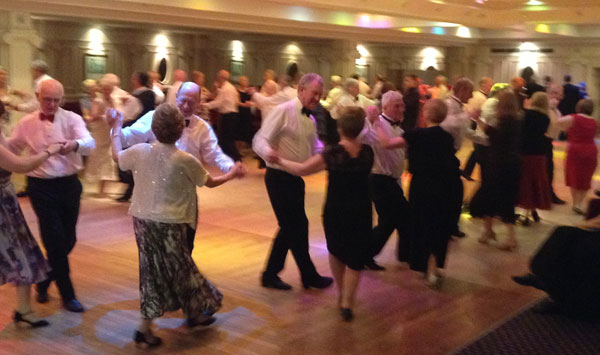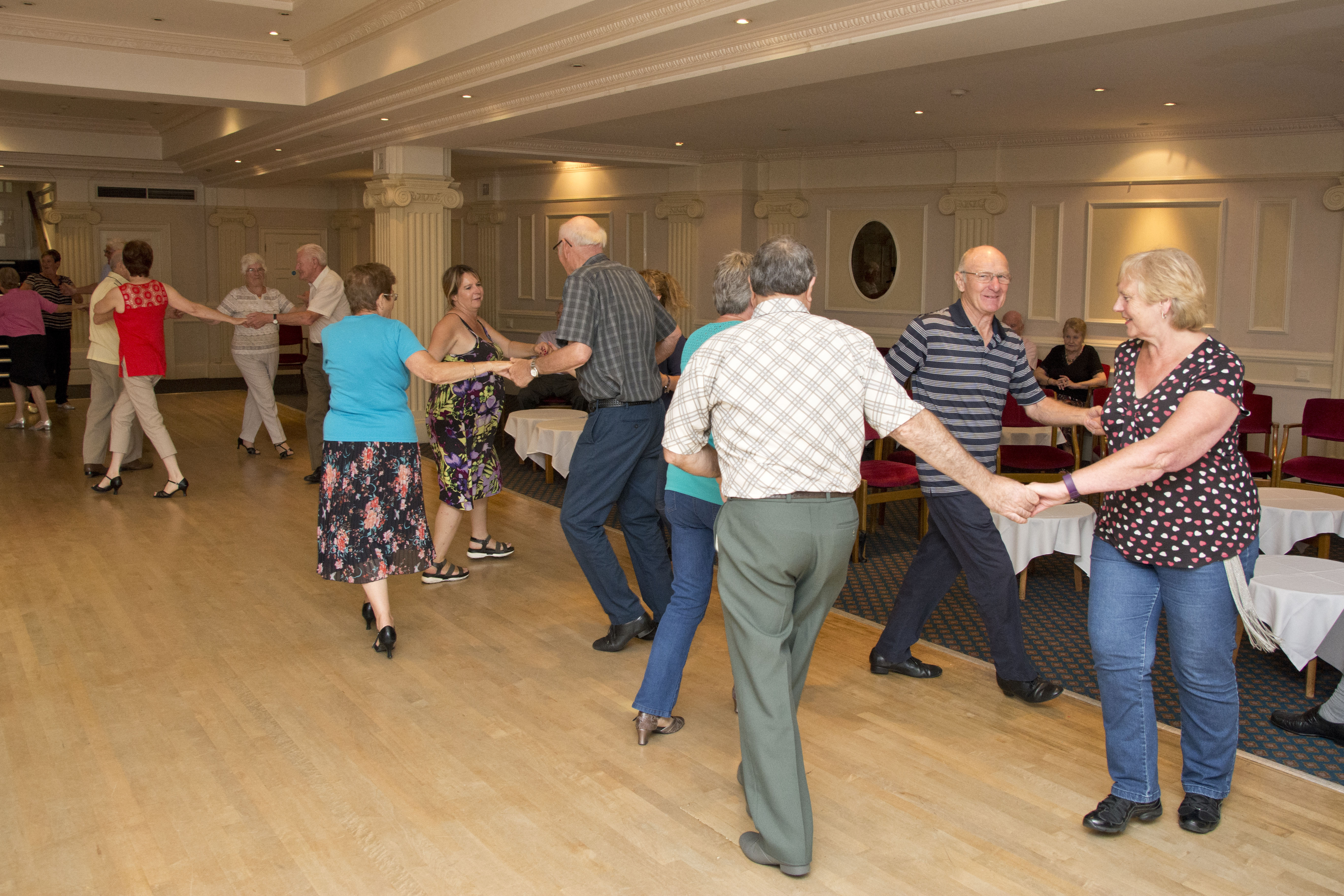Sequence Dancing is one of the most popular forms of traditional ballroom dancing in the UK. It’s a fun and sociable form of dance, and a great hobby for all ages. Always fancied learning how to dance? This guide will teach you everything you need to know before you hit the dance floor!
What is Sequence Dancing?
Sequence Dancing is a type of ballroom dancing in which the couples dance around the floor in a fixed sequence of steps. All participants perform the same steps and movements simultaneously, so the dancers follow each other around the dance floor and everyone starts and stops at the same time. Sequence dancing may include different styles of dance, but normally a sequence will cover 16 bars of music in the genre being danced.
Types of Sequence Dancing
There are three main types of Sequence dancing; Modern dances, Latin-American dances, and Old-time Classical dances.
Modern Sequence Dancing is represented by the dances that were developed mainly during the 20th Century. These dances use many of the same steps from traditional ballroom dancing, but in a fixed sequence. This includes Quickstep, Tango, Foxtrot and Waltz.
The Latin dance sequences reflect the Latin-American rhythms primarily developed for the ballroom from dances being performed in various parts of Latin America, Cuba and Africa. These include Rumba, Cha-cha-cha, Samba and Jive, with the occasional Mambo, Bossa Nova and Paso Doble.
Classical Sequence Dancing reflects the types of dance being performed in ballrooms across the land as long ago as the 17th Century. The dances performed in this category include Old Time Waltz, Saunter, Gavotte and the occasional Two Step or Mazurka.
Depending on the type of dance, dancers will either form a line, or move around the floor in a circle or square. Because of the variety of dances available, Sequence Dancing doesn’t always necessitate a partner; you can turn up solo and still join in with the group.

Origins of Sequence Dancing
Sequence dancing in general is much older than modern ballroom dance. Initially it all began with the old formal court dances in France and England around the 1600’s. This eventually progressed when Old Time Dancing evolved in the early 1900’s, introducing Gavottes, Two Steps, Mazurkas and Quick Waltz.
In the 19th century, most social dances were either turning couple dances, which were improvised, or set dances which were a series of memorized patterns. By 1910 there was a division forming between those who preferred freestyle and those who preferred sequence dances.
It was mainly the upper classes in London that preferred freestyle dancing, while in the outskirts of London the working class preferred the sequence dances. This is when Sequence Dancing took a rise in popularity and weekly balls would be held where hundreds of people would gather around to learn and practise the dances.
Why Sequence Dance?
There are tonnes of benefits to putting on your dancing shoes and hopping on the floor. Here’s why you should give Sequence Dancing a try…
- It’s a great way to socialise and meet like minded people
- There’s always a fun and friendly atmosphere
- It’s a great hobby to keep you fit
- It’s good for improving your coordination and memory
- It gets you out the house and it’s an amazing way to release tension
- It will help boost your self-confidence
- You can enjoy listening to the older, tuneful melodies
- You can participate solo, with a partner or as group activity

How can I Learn to Sequence Dance?
Most sequence dancing takes place in clubs, community centres and dance schools around the country, often with professional leaders.
Here at the TLH Leisure Resort, Torquay, we offer a wide selection of dancing holidays, including sequence dancing. This is a great way to great way to learn a fun new skill, make new friends and enjoy a healthy and active holiday!
When you stay at the TLH Victoria Hotel, you have access to all our outstanding Aztec Leisure facilities and you can even join in with nightly entertainment every night of the year, meaning you’ll never be short of something to do!
There’s no excuse to be a wallflower! To find out if these holidays might be for you, call the TLH dance expert, Linda on 01803 400147. She’s full of excellent advice and will help you to find your perfect dancing holiday. You’ll be whizzing around the dance floor in no time! FIND OUT MORE